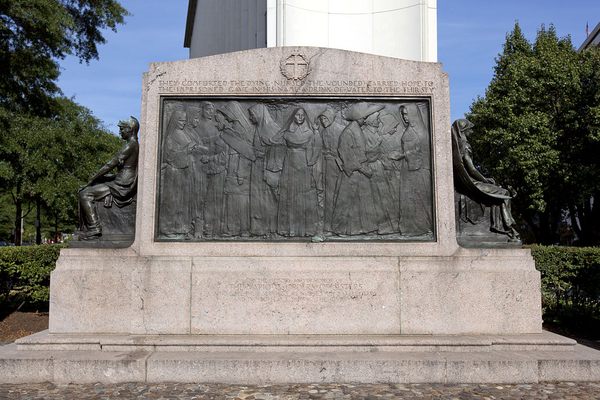About
An affliction practically nonexistent these days due to its simple solution, scurvy was once the scurge of sailors, pirates, and anyone else spending an extraordinary amount of time on the high seas. Now known to be a simple vitamin deficiency, scurvy took the lives of thousands until it was discovered that it could be fought off with vitamin C, found in large quantities in citrus. Without the concept of "vitamins," people were forced to rely on fresh produce, not exactly readily available in the middle of the Atlantic.
While not the first to recommend the use of citrus fruit to fight off "sailor's disease," James Lind did groundbreaking systematic experimentation on the disease, and it was considered one of the first clinical experiments in the history of medicine. Lind performed a remarkably well-thought-out group study aboard a ship affected by scurvy. Dividing the sailors into pairs he made each pair take a different solution: seawater, cider, spices and barley water, vinegar, sulphuric acid, and fatefully lemons and oranges. It was clear after six days who the winner was (team fruit!)and who the losers were (acid!).
Shortly after, Lind published A Treatise of the Scurvy. Though he was virtually ignored at the time, one person was paying attention—Captain James Cook, the first mariner to make it around the world without losing a single crew member to scurvy.
Lind's long and successful medical career, which focused on seamen's health is memorialized at the Edinburgh Medical School. A plaque bearing Lind's face and a short list of his accomplishments is located on one of the outside walls of the university, presented in 1953 by the Sunkist Growers of Citrus Fruit of California and Arizona. Below his face, it identified him as the "Hippocrates of naval medicine."
Related Tags
Know Before You Go
The tablet is located in the main courtyard of the Edinburgh Medical School
Published
May 2, 2012


































